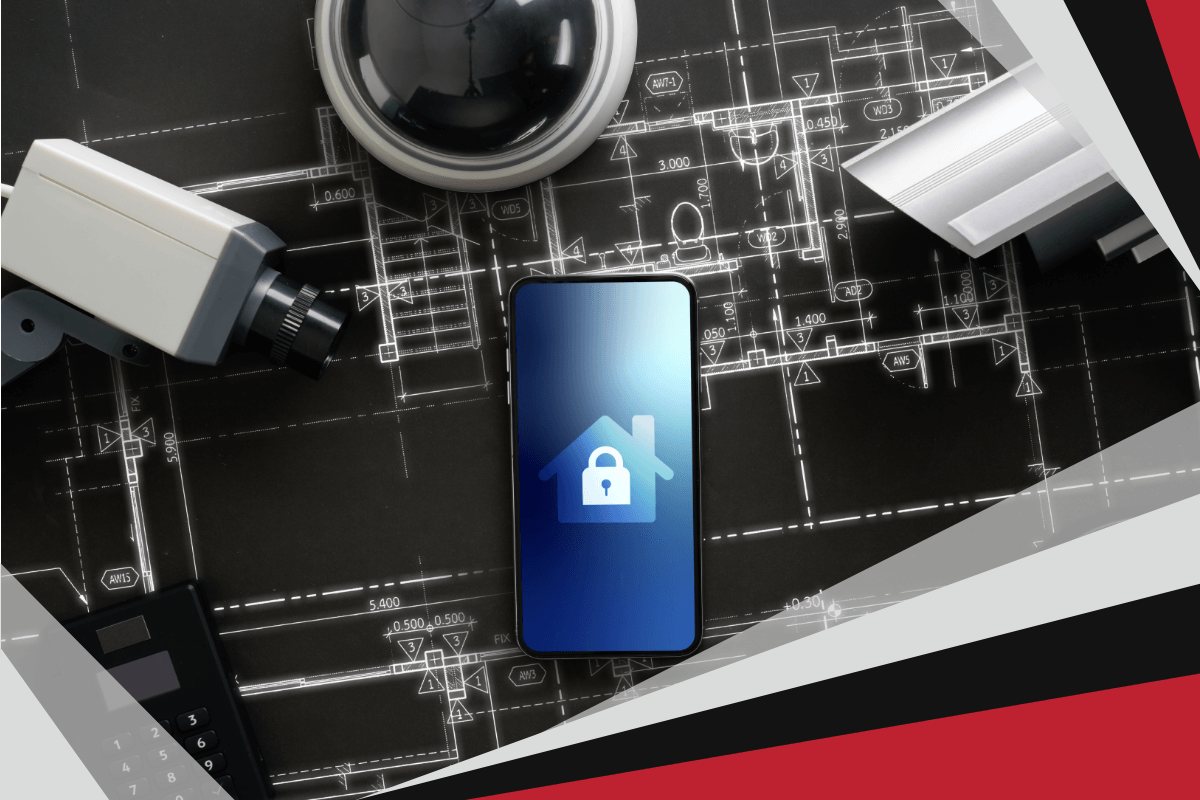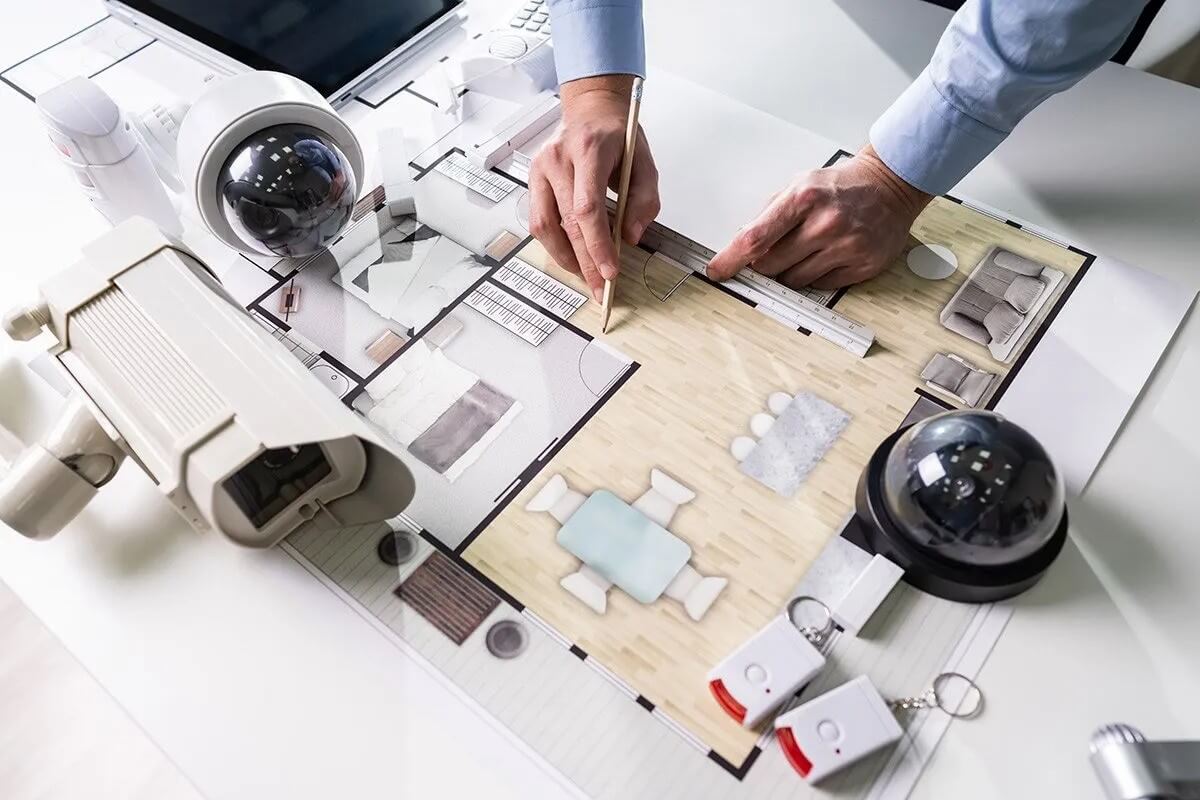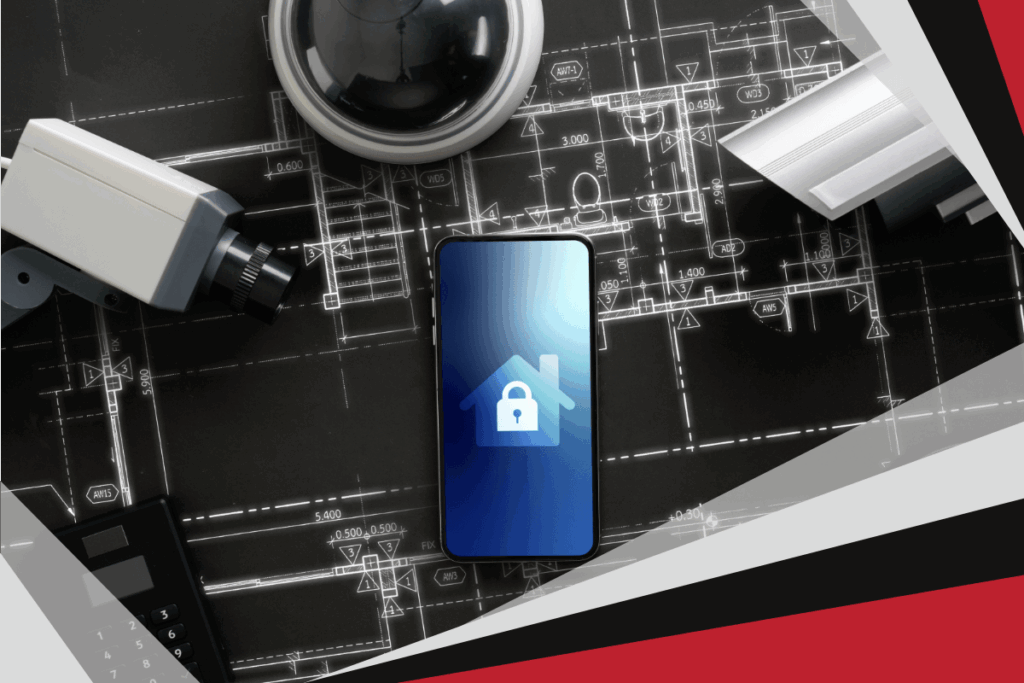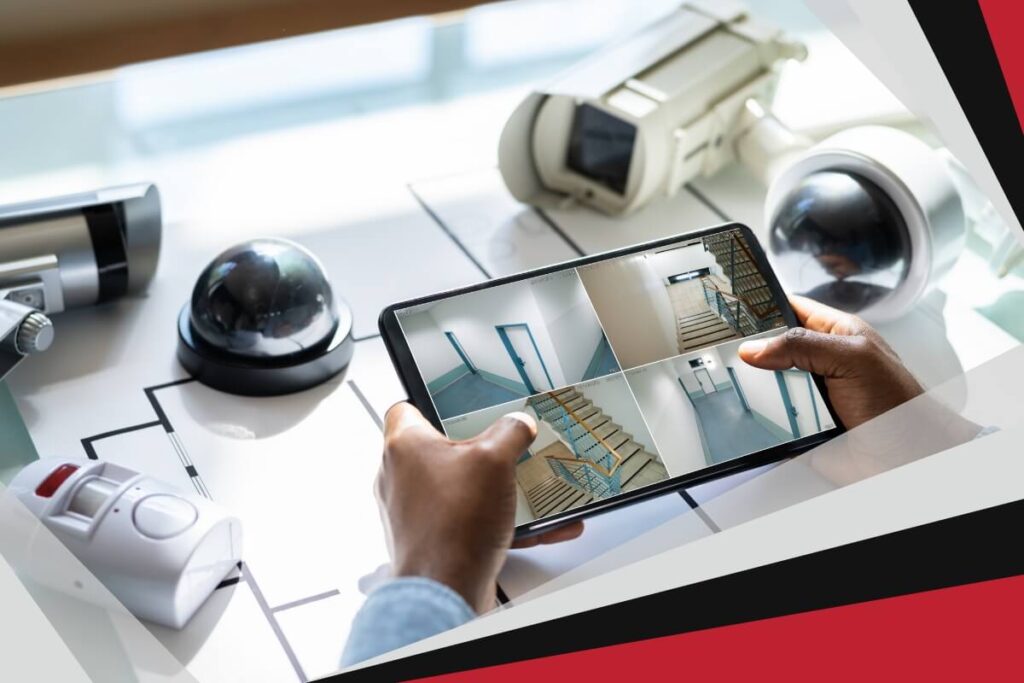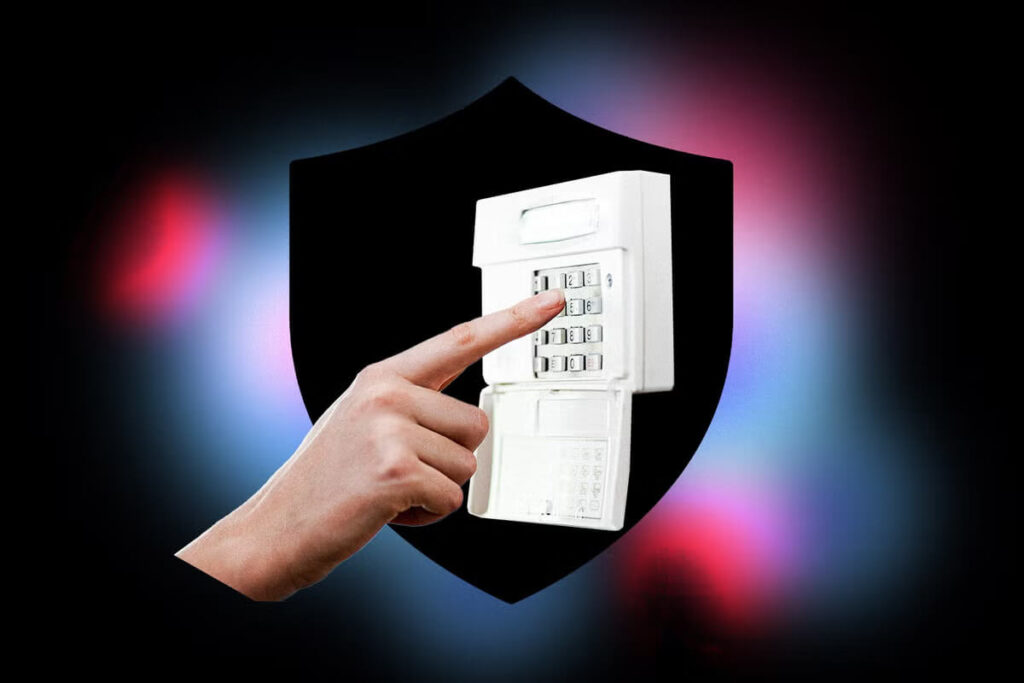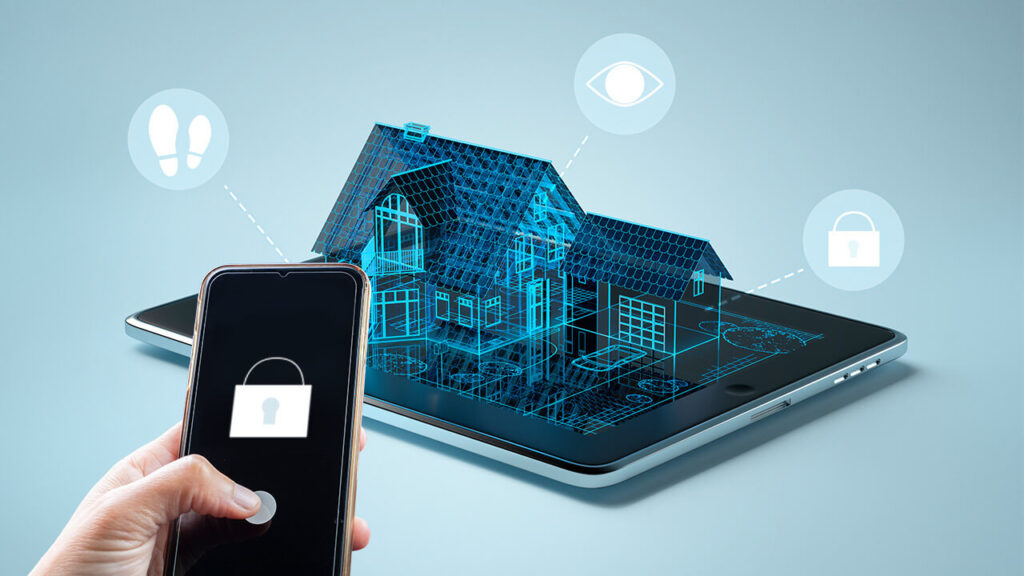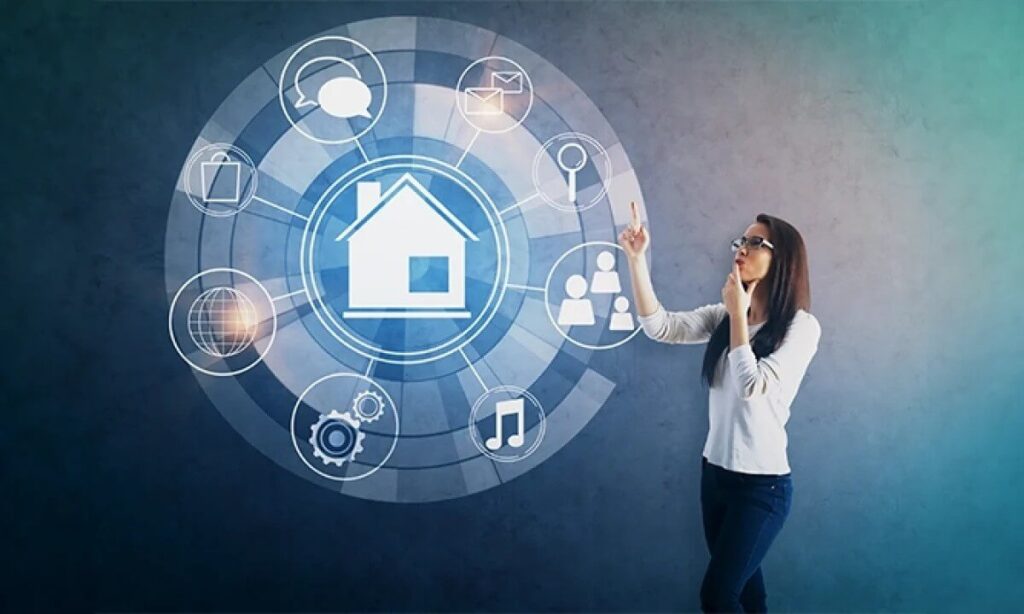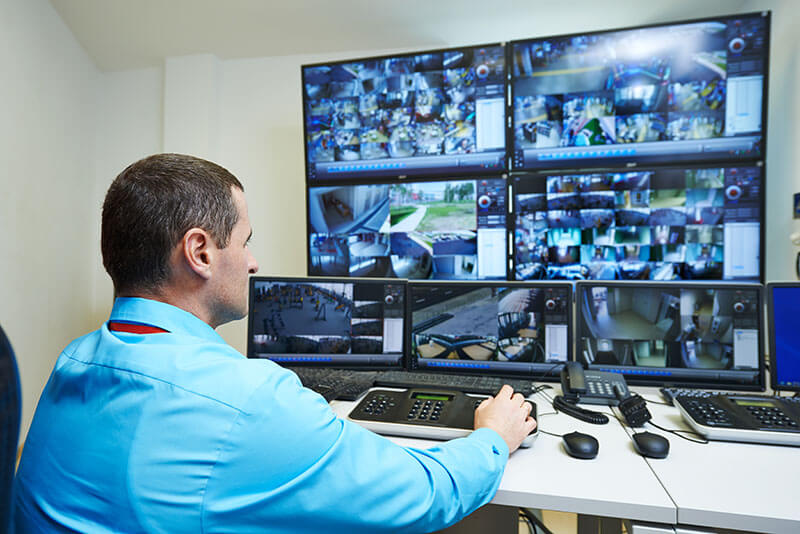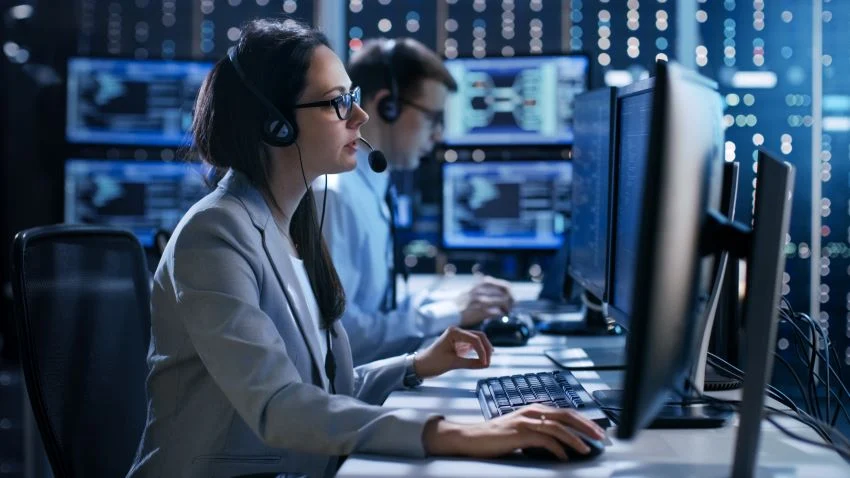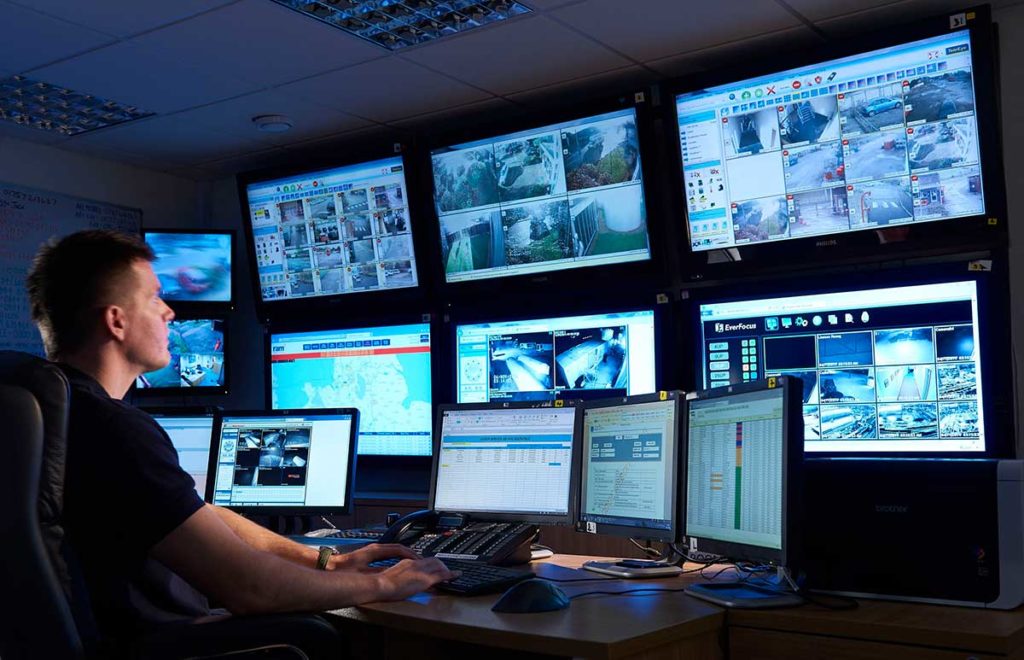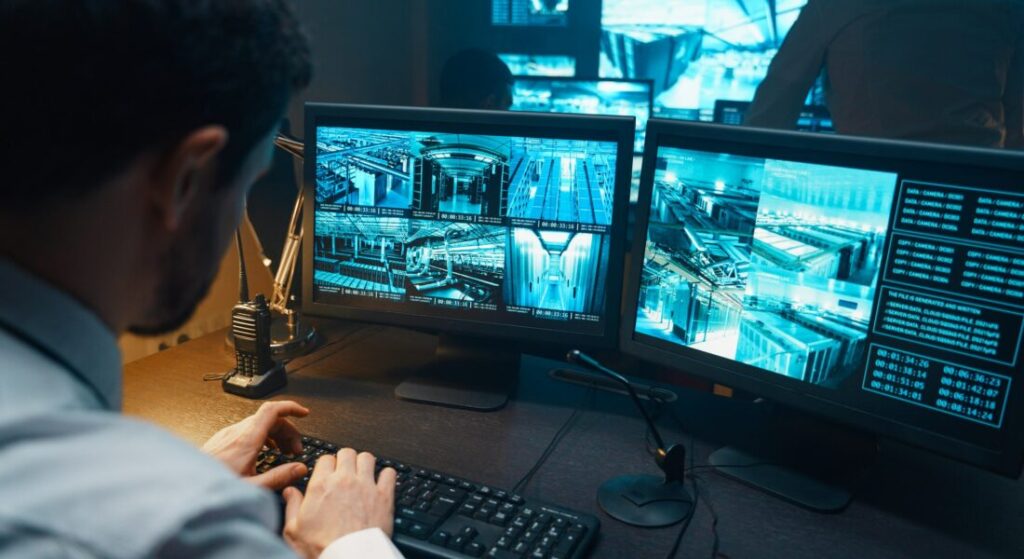The Future of Cloud Security: Emerging Solutions for 2025 and Beyond
In 2025, the digital landscape is undergoing a profound transformation, and at the heart of this change lies the increasing reliance on cloud services. Businesses of all sizes, from startups to large corporations, are embracing the cloud for its flexibility, scalability, and cost-efficiency. Whether it’s for data storage, running applications, or collaboration, the cloud has become an integral part of modern business operations. However, with this massive shift to cloud-based infrastructures comes a growing concern: security.
As cloud adoption accelerates, so does the frequency and sophistication of cyberattacks. Data breaches, ransomware, and other types of malicious activity are now commonplace, with attackers targeting cloud environments due to their vast and valuable data stores. In this rapidly evolving digital world, safeguarding sensitive information has never been more critical. Cloud security solutions are no longer just a “nice to have” but a necessity to protect data from potential threats. This article takes a deep dive into the future of cloud security, focusing on the emerging solutions for 2025 and beyond, and how businesses can stay ahead of the curve.
The Growing Need for Robust Cloud Security in 2025
The adoption of cloud services has skyrocketed over the past decade, and this trend is set to continue in 2025. More businesses are moving their critical operations to the cloud to benefit from its flexibility, scalability, and cost-effectiveness. However, this shift has also created an expansive attack surface for cybercriminals. Sensitive business data, customer information, intellectual property, and even proprietary algorithms are now housed in the cloud, making them attractive targets for hackers.
What makes the situation even more alarming is that cyberattacks are becoming more sophisticated. In 2025, we are seeing an increase in the frequency and complexity of data breaches, with attackers leveraging new tactics such as AI-driven malware and advanced persistent threats (APTs) to infiltrate cloud environments. This makes cloud security an even more pressing issue for businesses. Ensuring that data stored in the cloud remains confidential, intact, and available requires advanced security measures that evolve alongside emerging threats.
The digital landscape is changing rapidly, and as businesses embrace cloud technologies, their approach to security must adapt just as quickly. Companies can no longer rely on traditional security measures; they must integrate next-generation security solutions that proactively detect and respond to potential threats. This is where the future of cloud security comes into play—leveraging cutting-edge technologies to stay one step ahead of malicious actors.
Key Cloud Security Solutions for 2025
As we look to 2025, cloud security solutions are becoming more sophisticated and dynamic. A key trend in cloud security is the increasing reliance on AI, machine learning, and automation. These technologies are being integrated into cloud security frameworks to improve the detection and mitigation of threats in real-time.
Artificial intelligence (AI) and machine learning (ML) are revolutionizing how security incidents are detected and responded to. AI algorithms can analyze vast amounts of data in real-time, identifying patterns that indicate potential threats. ML models continuously improve over time, learning from past incidents to better predict and prevent future attacks. For example, AI can identify abnormal user behavior, flagging potential insider threats or compromised accounts before significant damage occurs. Moreover, automated security systems can react instantly to detected threats, minimizing response time and mitigating the impact of attacks.
Zero-trust architecture is another critical concept in cloud security that is gaining traction in 2025. The zero-trust model operates on the principle that no user or device, whether inside or outside the network, should be trusted by default. Every request for access to cloud resources is thoroughly verified before being granted, ensuring that only authorized users can access sensitive data. This approach significantly reduces the risk of internal breaches and ensures that even if an attacker infiltrates one part of the network, they won’t be able to access the entire system.
Encryption technologies are also essential in protecting data in the cloud. As businesses store vast amounts of sensitive information in cloud environments, robust encryption ensures that data remains protected even if it is intercepted during transmission or accessed by unauthorized individuals. In 2025, encryption standards have become more advanced, with end-to-end encryption now seen as the gold standard for cloud security. This encryption ensures that data is rendered unreadable unless it is decrypted by authorized parties, adding an additional layer of protection.
Multi-factor authentication (MFA) is another security measure that has become increasingly critical in securing cloud environments. MFA requires users to provide two or more forms of verification before they are granted access to cloud services, such as a password combined with a biometric scan or a one-time passcode sent to their mobile device. By requiring multiple forms of identification, businesses can ensure that even if a password is compromised, unauthorized access is still blocked.
Practical Implementation of Cloud Security Solutions
While these emerging security technologies are promising, they need to be implemented effectively to protect cloud environments fully. Businesses must take a holistic approach to cloud security, focusing on key areas such as identity and access management (IAM), network security, and regulatory compliance.
Identity and access management (IAM) is the cornerstone of any cloud security strategy. IAM systems allow businesses to control who has access to their cloud resources, ensuring that only authorized individuals can view or modify sensitive data. IAM solutions typically use role-based access control (RBAC) to assign permissions based on the user’s job function, ensuring that employees only have access to the data necessary for their roles. Strong authentication protocols, like MFA, should be incorporated into IAM systems to further enhance security.
Network security is also a critical component of cloud security. Businesses should implement tools such as firewalls, intrusion detection systems (IDS), and intrusion prevention systems (IPS) to protect their cloud networks from attacks. By actively monitoring network traffic and analyzing patterns for signs of malicious activity, these tools can detect and block potential threats before they cause harm.
Compliance with data security regulations, such as GDPR, HIPAA, and SOC 2, is another crucial aspect of cloud security. Businesses must ensure that their cloud infrastructure is configured to meet these regulations, protecting sensitive customer and patient information from unauthorized access or misuse. Many cloud providers offer tools that help businesses maintain compliance, but the responsibility ultimately lies with the company to ensure that its cloud security measures align with industry standards.
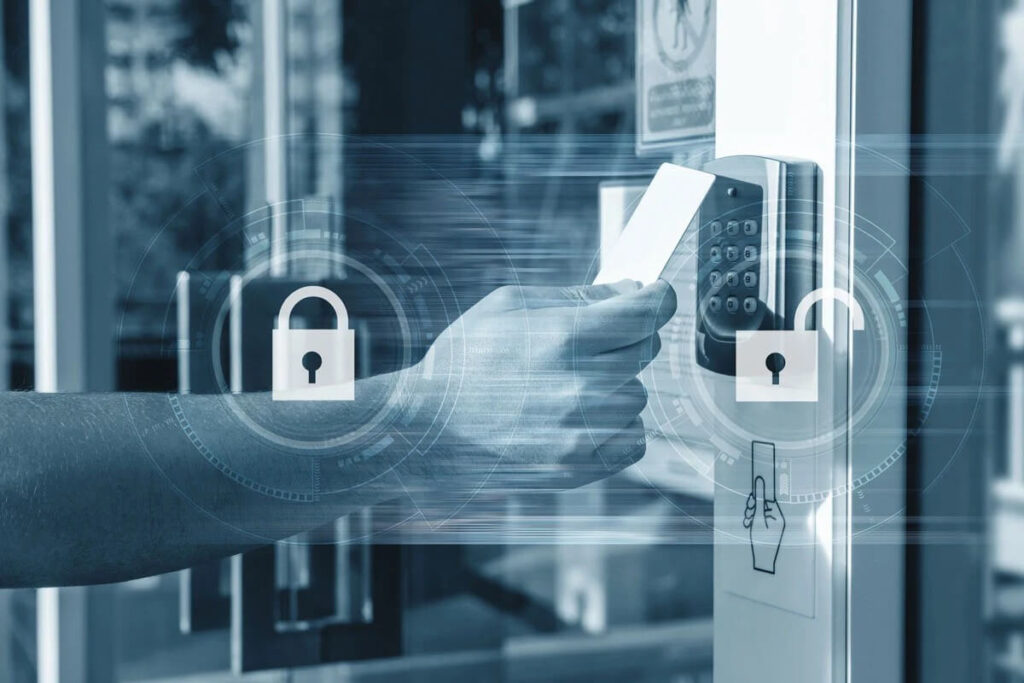
The Future of Cloud Security: Blockchain, AI, and More
Looking ahead, the future of cloud security is exciting, with emerging technologies such as blockchain and next-gen AI-driven security tools set to shape the industry.
Blockchain technology, known for its decentralized and tamper-proof nature, is becoming an increasingly popular tool in cloud security. By creating immutable records of transactions and access logs, blockchain can enhance the transparency and accountability of cloud operations. In 2025, businesses may start using blockchain to secure data exchanges within the cloud, ensuring that any access or modifications to data are fully auditable and resistant to tampering.
The role of AI in cloud security will continue to grow. Next-gen AI tools will provide more sophisticated threat detection, automating not only the identification of potential risks but also their response. These tools will continually learn and adapt, enabling businesses to detect and prevent threats in real-time with greater accuracy.
Cloud security solutions in the future will need to be more scalable and flexible than ever before. As businesses increasingly adopt multi-cloud and hybrid cloud environments, security strategies must adapt to cover multiple platforms and providers. Security solutions must be designed to integrate seamlessly across various cloud services, providing a consistent level of protection regardless of where the data resides.
Conclusion
In 2025 and beyond, cloud security will continue to evolve at a rapid pace as businesses face increasingly complex cyber threats. The adoption of emerging technologies like AI, machine learning, blockchain, and zero-trust security frameworks will play a critical role in protecting cloud environments. However, implementing these technologies effectively requires businesses to take a proactive, comprehensive approach to cloud security. By focusing on identity and access management, network security, and regulatory compliance, businesses can create robust defenses to safeguard their data in the cloud.
As the cloud security landscape evolves, it’s essential for businesses to stay updated on the latest trends and best practices. Proactively investing in cutting-edge security solutions will be key to staying ahead of cybercriminals and ensuring the long-term safety and integrity of their digital assets. In 2025 and beyond, cloud security will remain a vital component of any business’s strategy for protecting its most valuable resources.
releated:Top Commercial Alarm Systems for Effective Business Security
The Future of Cloud Security: Emerging Solutions for 2025 and Beyond Read More »

